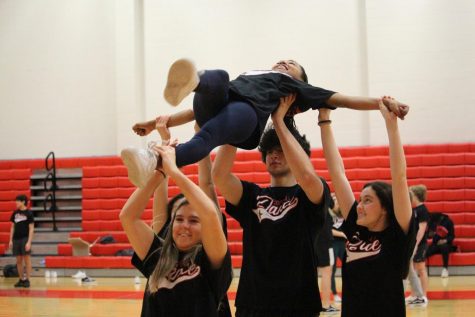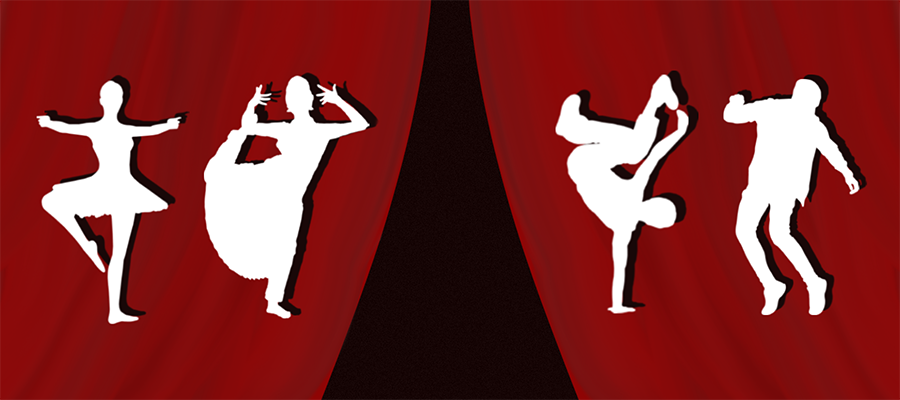Purpose distinguishing dance from purely performing art to sport
February 21, 2020
Through six years of dance, I never considered myself an athlete for it.
It was not that dance did not require a lot of athleticism or that I believed dance was never a sport at all. It was due to the fact the dance I did, the classical Indian style of Bharatanatyam, was never done in a competitive form.
It was purely performative.
The moment dance is used in a competitive form, such as drill team, it becomes a sport. Other than that, it remains a fine art. The classification from one to the other is solely dependent on the intent of the performance.
“It requires the skill and passion that a sport does in order to perform,” Coppell High School sophomore Luisa Conteras said. “You need to be physically stable to do all the pirouettes and stuff that you need to do.”
Conteras, who used to dance competitively but now only dances through the CHS class Dance I, conditions just as athletes for other sports would. In addition to her class, she practices and choreographs on her own, as well as further stretching and working out to strengthen her body.
So it is not a matter of whether or not dance is athletic.
Whether or not the performance is meant to meet a challenge is what varies from dance to dance.

Coppell High School sophomore Payton Wakins, sophomore Allison Canizares (behind Wakins), senior Jude Hadi and sophomore Hailey Nix (right) carry sophomore Millena Gebreyohanns while creating a dance routine during Julie Stralow’s second period dance class on Jan. 28 in the small gym. The Sidekick executive sports editor Sally Parampottil thinks dance is only a sport when it is competitive in nature.
“Competitive, you’re competing; performative is more expressing your feelings and showing how you feel about a topic,” Conteras said. “Modern dance is a performance dance but in the world right now, hip-hop is more competitive. You see all the different types of people have different types of movements, different types of doing a certain thing, so I’ll say that’s more of a competitive thing – doing ‘what she’s doing’ or doing better at it.”
Throughout history, dance has been used for different purposes. Bharatanatyam was formed through the Hindu religion in South India. The ballet was created to perform theatrical pieces in Europe. Tap dance was a combination of multiple ethnic dances that eventually became popularly used in dance competitions in the 1800s.
Dance, no matter the type, always holds an artistic value to it.
“It is an art because it has that special, aesthetic, beautiful component,” CHS senior Juan Bahamon said. “It’s mostly focused on expressing ourselves and showing the beauty on our bodies and expressing what we feel inside and sharing all that love and feelings in the world. It has to have that artistic part.”
Bahamon dances for the competitive team Impact N Change for Diamond City Studios. Despite what some may say about how being a fine art prevents dance from being classified as a sport, he believes the sports and fine art categories are not mutually exclusive.
“From my perspective, it has something from sports and also has an artistic space,” Bahamon said. “Since it’s involving our bodies, it is like a sport in that view because you are training your body and it has to be prepared for a very specific movement and very specific activity. You’re actually training your body and for me, that part makes it a sport. Also because you are competing with other teams with other people, it may be a sport from that perspective.”
While the definition of a sport may be debated, it cannot be debated that dance meets the athletic requirement and, very often, finds the determining competitive component.
Follow Sally (@sparampottil) and @SidekickSports on Twitter.
